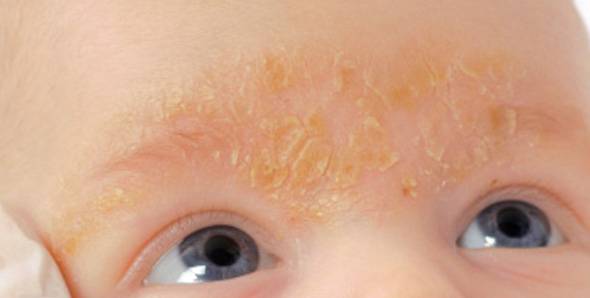What Is Seborrheic Dermatitis (脂漏性皮膚炎)? - Explained by Dr. Yeung Ho Hong (楊浩康)

Seborrheic dermatitis (脂漏性皮膚炎) is a common chronic and recurrent form of eczema or dermatitis that primarily affects the scalp and face, though some patients may also experience it on the chest, back, and other areas rich in sebaceous glands. Its clinical manifestations include skin redness, noticeable oiliness, scaling, and sometimes mild itching. Although its exact cause remains unclear, current research indicates a strong association with the abnormal growth of a commensal skin fungus, Malassezia (馬拉色菌), and the inflammatory response triggered by its metabolic byproducts. Additionally, differences in individual skin barrier function may contribute to variations in disease severity, frequency of flare-ups, and response to treatment.
Malassezia is commonly present on the skin’s surface, but when its population becomes excessive, the metabolites released during its metabolism can irritate the skin, sparking a localized inflammatory response that further compromises the skin barrier. This inflammation often presents as redness, scales, or greasy skin changes, making the skin appear rough and oily. Beyond microbial factors, genetic predisposition, environmental conditions, emotional stress, and hormonal fluctuations may also play a role in the disease’s development, leading to diverse clinical presentations among individuals.
Seborrheic dermatitis can be classified into infantile and adult forms. Infantile seborrheic dermatitis is most common in babies under three months old, typically manifesting as pink or yellowish-brown scales and crusts on the scalp, commonly known as “cradle cap” (搖籃帽). This condition generally does not cause significant itching and often resolves spontaneously or improves as the infant’s immune system matures, usually by around one year of age. As such, it typically requires only gentle skincare and observation.
Adult seborrheic dermatitis, on the other hand, often begins to appear after late puberty and is more prevalent in men than women. In adults, the condition predominantly affects the scalp, face, and upper torso. Common signs include red or yellowish patches with mild itching in areas such as the nasolabial folds, inner eyebrows, behind the ears, and along the hairline. Some patients may also develop lesions on the chest, armpits, under the breasts, or in the groin. On the scalp, prominent scaling and an oily appearance are frequent, sometimes with diffuse flakes covering the entire scalp, which not only affects appearance but can also cause discomfort.
The occurrence of adult seborrheic dermatitis is linked to multiple factors, such as oily skin, a family history of seborrheic dermatitis, or even a family history of psoriasis. Immunosuppressed states—such as in organ transplant recipients or individuals with human immunodeficiency virus (HIV)—and certain neurological conditions (e.g., Parkinson’s disease) may also increase the risk. Furthermore, external factors like climate changes, excessive fatigue, psychological stress, and the use of inappropriate skincare products can trigger or exacerbate the condition.
Currently, treatment for seborrheic dermatitis focuses on reducing skin inflammation, controlling Malassezia proliferation, and repairing the skin barrier. Treatment options include topical antifungals (抗真菌劑), keratolytics (角質溶解藥物), anti-inflammatory creams (抗炎藥膏), and products that enhance skin hydration. As a chronic condition, beyond medication, proper daily skincare and lifestyle adjustments are critical. Regular cleansing, adequate moisturizing, and avoiding harsh, irritating products are key measures to reduce recurrence.
In summary, seborrheic dermatitis is a prevalent skin condition influenced by multiple factors, with causes and clinical presentations varying among individuals. While its course and symptoms differ between infants and adults, both require tailored treatment and care based on individual circumstances. Through accurate diagnosis, scientific treatment, and diligent daily skincare, patients can typically manage symptoms effectively, reduce flare-ups, and improve skin health and quality of life. This article aims to deepen your understanding of the mechanisms behind seborrheic dermatitis and its treatment strategies, offering guidance for improving skin condition.
